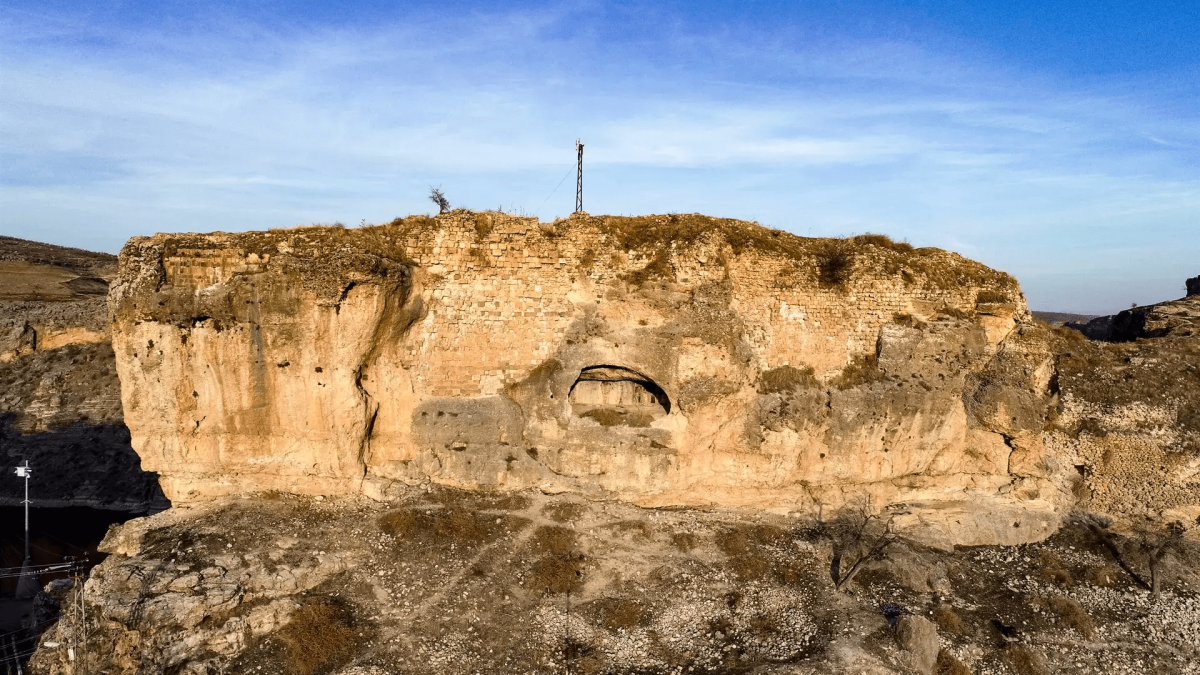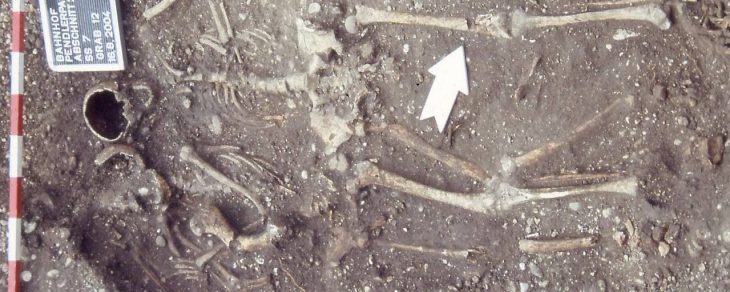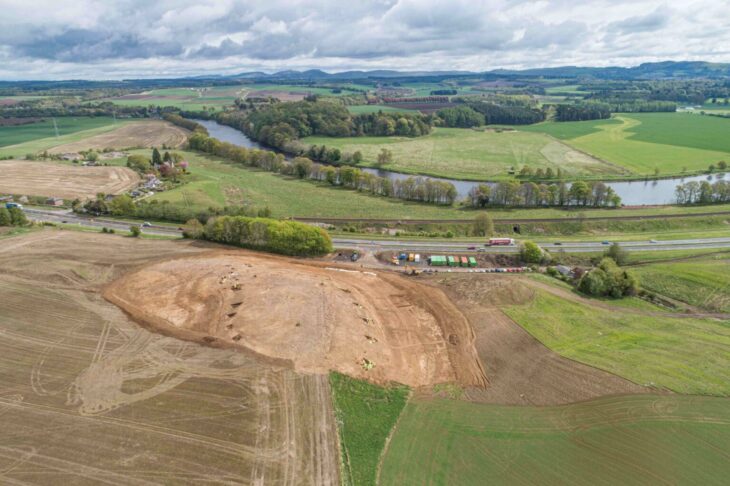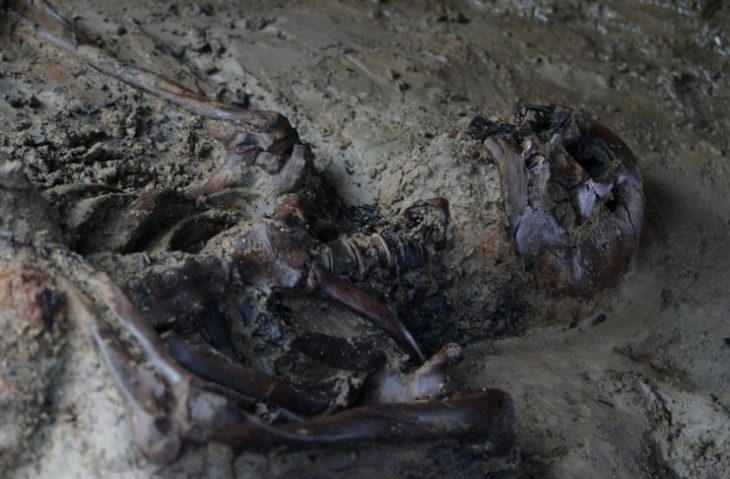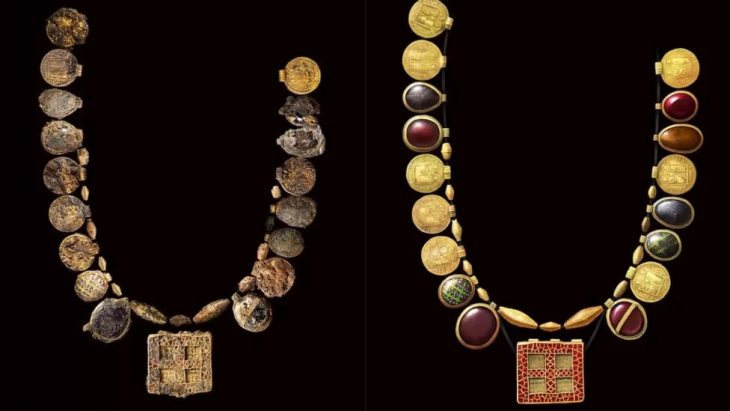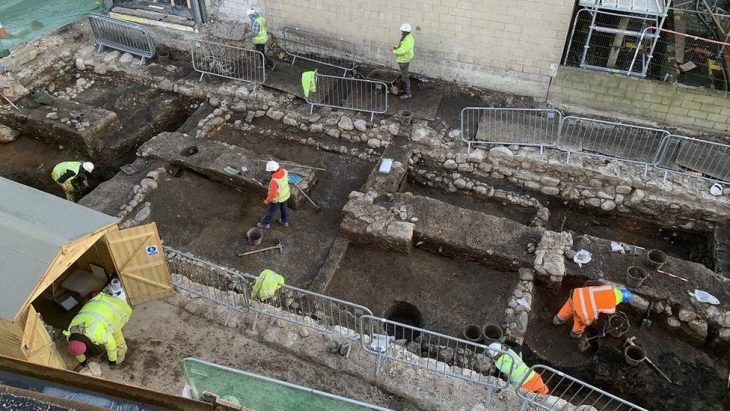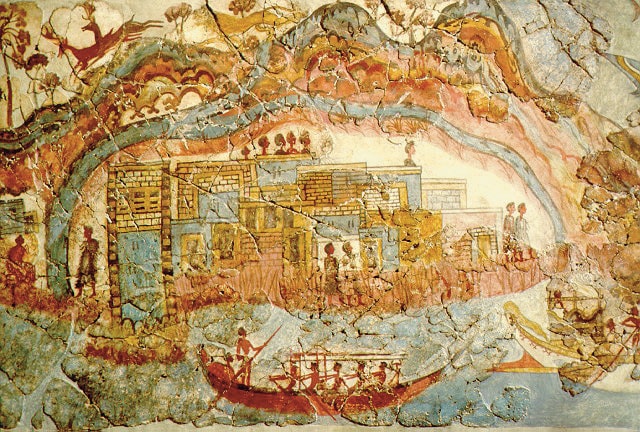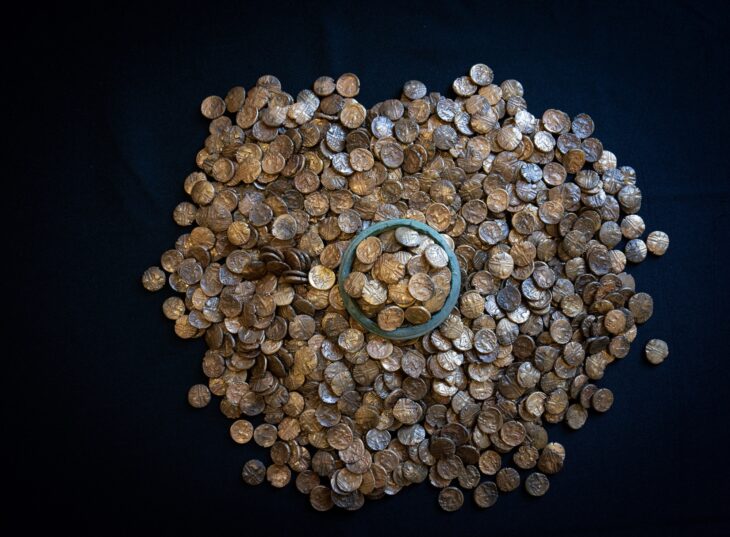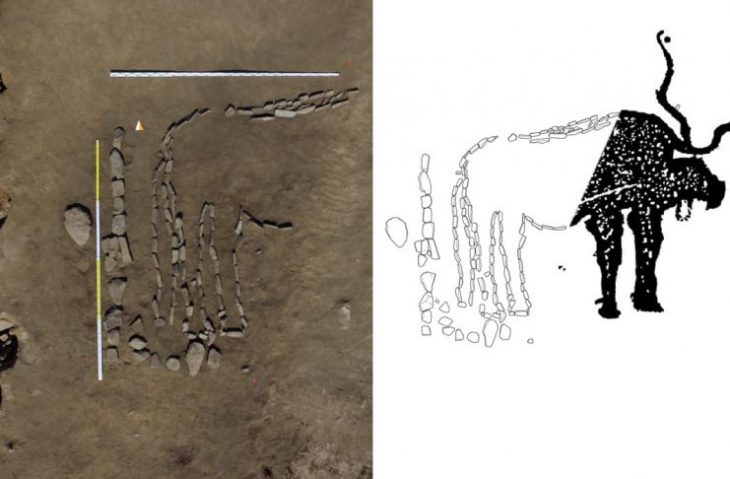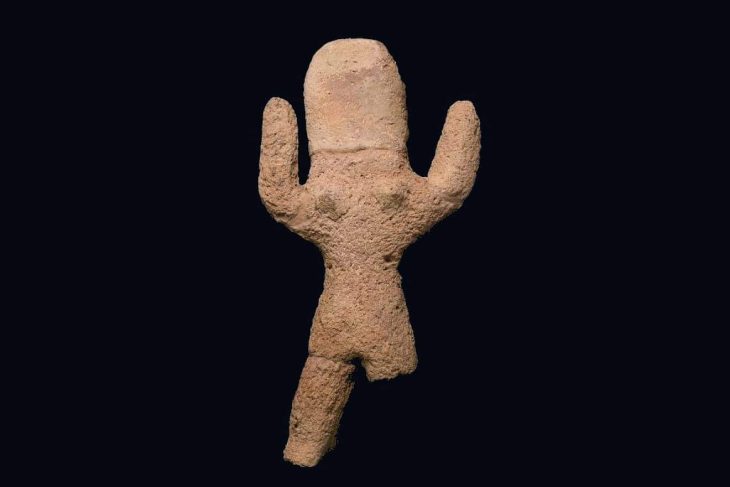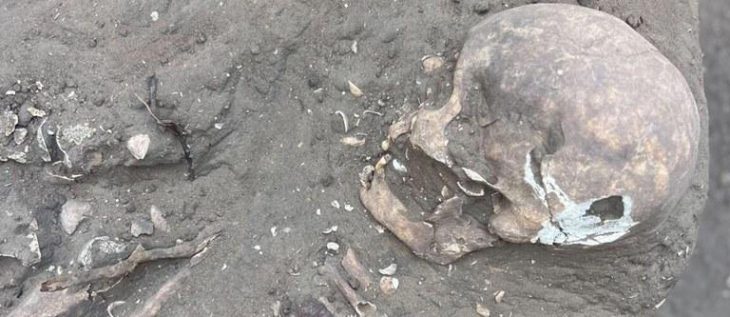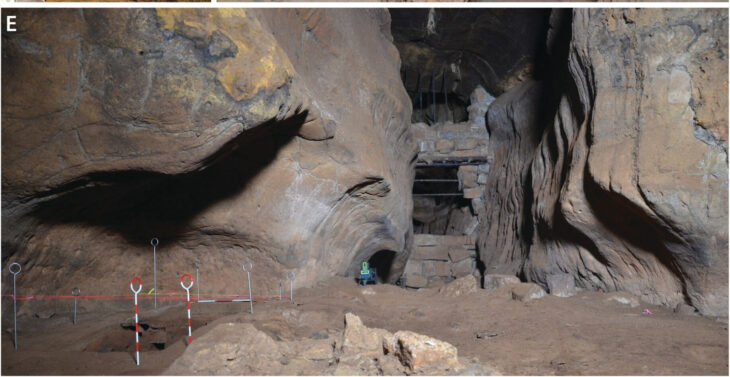Located in the eastern province of Diyarbakır’s Eğil district, the rock church, the walls of which are decorated with different cross motifs, brought to tourism. The interesting discovery uncovered during the excavations in the church, which is planned to be opened to visitors soon, attracted attention. A fossil of a creature living on the shores of the Pacific Ocean has been found ” Sand Dollar”.
The Eğil district has become a hub for cultural and religious tourism, captivating visitors with attractions such as the Assyrian Castle, where the prophets Zülkifl and Elyesa, whose names are mentioned in the Quran, were buried, the Kralkızı Dam Lake, ancient wall cisterns, and various other historical structures.
With the permission of the Ministry of Culture and Tourism, excavations started 2 years ago in the historical castle under the chairmanship of Professor Vecihi Özkaya, a faculty member of the Department of Archaeology at Dicle University (DÜ), continue.
After 2 of the 4 ancient tunnels in the castle were restored and brought to tourism, 80 percent of the works carried out in the rock church were completed.
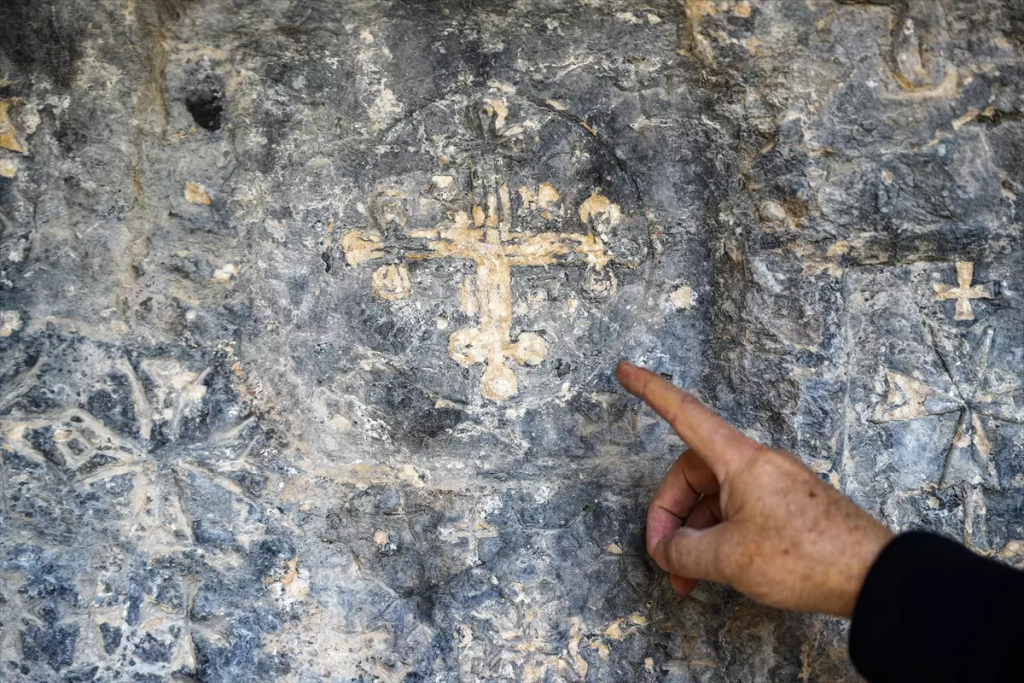
The goal is to bring the church, which has many different cross motifs on its walls and is believed to have been 1,600 years old, to tourism.
📣 Our WhatsApp channel is now LIVE! Stay up-to-date with the latest news and updates, just click here to follow us on WhatsApp and never miss a thing!!
Eğil is of great importance not only for Islamic history but also for Jewish and Christian history.
The Rock church, which is a part of the Mor Yuhanna (John) Monastery, which continued its activities as an educational institution in the district for a long time, has survived to this day. The monastery is named after Yuhanna, also known as John of Ephesus, but is a local of Eğil, who imparted education in the monastery for a while.
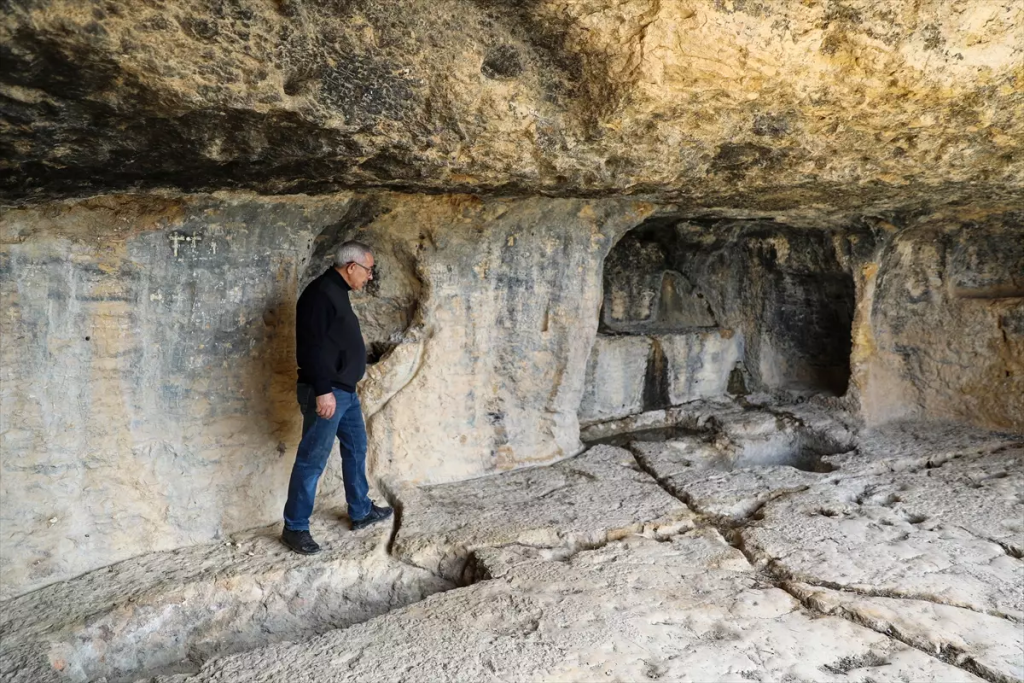
Amazing discovery
Prof. Dr. Vecihi Özkaya said that during the excavations they came across coins belonging to European states and the Ottoman Empire and sacred relics that were valued by Christians.
“Here, we found a find that has no known examples. We found the fossil of a creature that lived on the shores of the Pacific Ocean. This fossil is called ‘Sand Dollar’. This fossil is called the ‘Sand Dollar’. In the Christian world, this fossil is considered as an object related to the belief in Jesus Christ. Its wings of 5 stars symbolize the birth, death and ascension of Jesus Christ. Therefore, it has a remarkable feature as a church where holy relics important to Christians are kept,” he said.
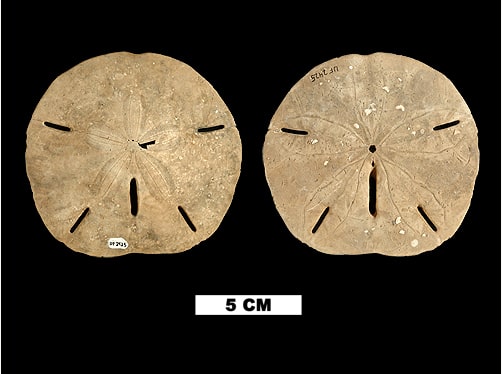
The story of the sand dollar according to Catholics is that they represent the story of Christ. The urchin represents the Birth, Crucifixion, and Resurrection of Jesus.
There are five holes in a sand dollar – four around the ends of the star and one in the center. According to the religious legend, the four holes represent the four wounds of Christ when his hands and feet were nailed to the cross. The center hole represents the wound made from a soldier’s spear.

Özkaya, who informed that the church was generally formed as a result of combining 2 separate rock tombs, said that it is also important in terms of reflecting different periods in masonry and that there are crosses on the wall symbolizing the Christian minorities who lived in the region before and continue to live in the region.
Documentation, area organization, and cleaning work were carried out in the church. While the road to the church was arranged so that local and foreign guests could easily reach it, a staircase was also built. It was informed that the church will be opened to visitors soon.

